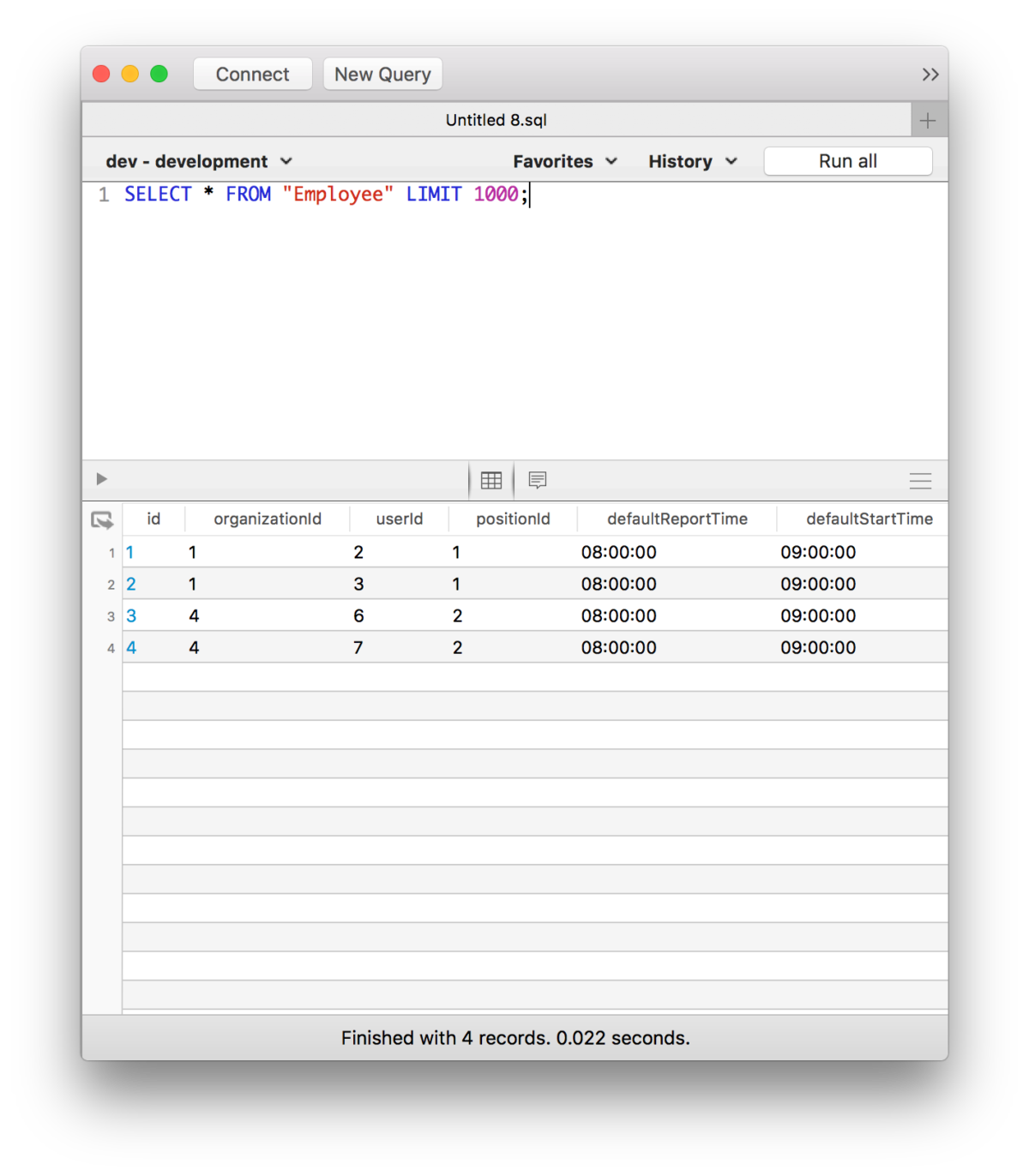
Here's how we mapped the "users" table for the sample app. The Redshift documentation has more details. Note that the ID column should be of type "bigint". decimal(precision, scale) => decimal(precision, scale).The following are some examples of Rails data types and how they should be mapped to Redshift: We ran into issues at first because the default Rails data types don't map correctly. There are some differences that may trip you up. For example, you need to create tables ahead of time and you'll need to specify the data types for each column. Redshift acts like Postgres for the most part. The next step is to configure Redshift so we can load data into it. If you're successful, you'll see something like this.Ĭongrats, you've created your first data warehouse! For your Production environment, you may want to beef up the security or use a multi-node cluster for redundancy and performance. Note that the Endpoint url you got from the Redshift cluster contains both the host and port-you'll need to put them in separate fields. You'll need to create a Favorite and fill in the info you used to create the cluster. Now, let's try connecting to your cluster using Postico. You can create one for your computer by going to Security > Add Connection Type > Authorize-AWS will automatically fill in your current IP address for convenience. Please jot down the hostname in the Endpoint.īy default, nothing is allowed to connect to the cluster. When you're done, you'll see a summary page for the cluster.

Note that you'll start incurring charges once you create the cluster ($0.25 an hour for DC1.Large and first 2 months free). You can go with defaults the rest of the way for the purposes of this tutorial. You can optionally encrypt the data and enable other security settings here. We're going with a single node here for development and QA environments but for production, you'll want to create a multi-node cluster so you can get faster importing and querying as well as handle more data. Make sure to write down your cluster info as we'll need it later. Let's begin by logging into your AWS console and creating a new Redshift cluster. We chose AWS's Redshift offering because it's easy to set up, inexpensive (it's AWS after all), and its interface is pretty similar to that of Postgres so you can manage it using tools like Postico, a Postgres database manager for OSX, and use with Ruby via an activerecord adapter. Part I: Setting up AWS Redshift Creating a Redshift Cluster
Postico redshift how to#
We'll provide sample code that will show you to how to extract, transform, and load (ETL) data into Redshift as well as how to access the data from a Rails app. With AWS Redshift and Ruby, we'll show you how to setup your own simple, inexpensive, and scalable data warehouse. In the past, only big companies like Amazon had data warehouses because they were expensive, hard to setup, and time-consuming to maintain. It allows your team to store and query terabytes or even petabytes of data from many sources without writing a bunch of custom code.


This is where a data warehouse comes in handy. Before you know it, you have more data than you can handle, jobs are taking way too long, and you're being asked to integrate data from more sources. Soon you may create a separate web app with a nightly cron job to sync data. You might start with a few tables in your primary database. Perhaps you're running a video app trying to understand user drop-off or you're studying user behavior on your website like we do at Credible. Most startups eventually need a robust solution for storing large amounts of data for analytics. Setting up a Data Warehouse with AWS Redshift and Ruby


 0 kommentar(er)
0 kommentar(er)
